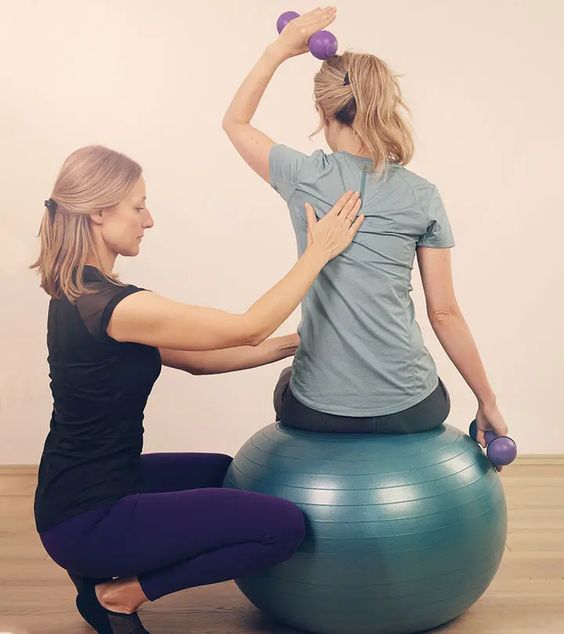Introduction
Scoliosis is a condition that causes an abnormal curvature of the spine. It can occur at any age, but it is most commonly diagnosed in adolescents. Scoliosis can cause pain, stiffness, and fatigue, and it can also make it difficult to breathe and participate in certain activities.

While there is no cure for scoliosis, there are treatments that can help manage the symptoms. One of the most effective treatments is exercise. Scoliosis exercises can help to strengthen the muscles that support the spine, improve flexibility, and reduce pain.
Scoliosis Exercises
Here are a few examples of scoliosis exercises that may be helpful for pain relief:
1. Pelvic Tilts
This exercise helps to strengthen the muscles in your lower back and abdomen, which can help to improve your posture and reduce pain.
To do a pelvic tilt:
- Lie on your back with your knees bent and your feet flat on the floor.
- Tighten your abdominal muscles and press your lower back into the floor.
- Hold for 5 seconds, then relax.
- Repeat 10 times.
2. Cat-Cow Pose
This yoga pose helps to improve flexibility and range of motion in your spine.
To do the cat-cow pose:
- Start on your hands and knees, with your back flat.
- As you inhale, arch your back like a cat, tucking your chin to your chest.
- As you exhale, drop your belly towards the floor and look up towards the ceiling.
- Repeat 10 times.
3. Bird-Dog Pose
This exercise helps to strengthen your core muscles, which are important for supporting your spine.
To do the bird-dog pose:
- Start on your hands and knees.
- Extend your right arm forward and your left leg back, keeping your back straight.
- Hold for 5 seconds, then return to the starting position.
- Repeat on the other side.
- Do 10 repetitions on each side.
4. Plank Pose
This exercise helps to strengthen your core, back, and shoulder muscles.
To do a plank pose:
- Start in a push-up position, with your forearms on the floor and your body in a straight line from your head to your heels.
- Hold for 30 seconds, or as long as you can.
- Repeat 3 times.
It’s important to note that these exercises may not be suitable for everyone with scoliosis. It’s essential to consult with a healthcare professional or a qualified physical therapist before starting any new exercise program. They can assess your specific condition and recommend exercises that are safe and effective for you.





